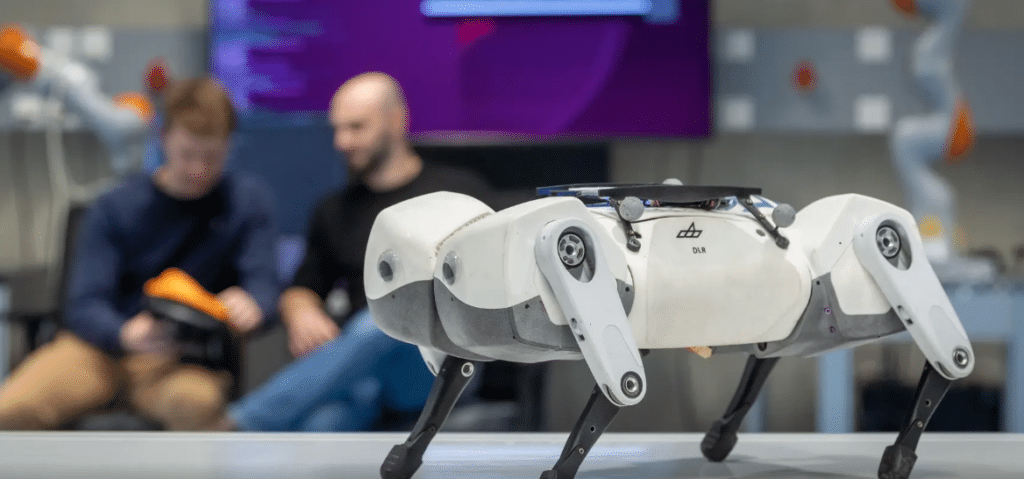The robot dog that trots and hops like nature intended, thanks to groundbreaking research on intrinsic dynamics.

Humans and animals achieve exceptional energy efficiency in movement by harnessing the natural oscillation patterns of their bodies—effortlessly and without conscious thought. Now, researchers at the Technical University of Munich (TUM) have developed a groundbreaking tool that applies this principle to robotics, enabling robots to move with unprecedented efficiency. More than four decades after scientists discovered that four-legged animals naturally shift from walking to trotting to conserve energy, researchers have now applied this principle to robotics.The researchers at the Technical University of Munich (TUM), has pioneered a method to transfer these energy-efficient movement patterns—intrinsic dynamics—to robots.
Intrinsic dynamics refers to the natural, energy-efficient movements exhibited by humans and animals, such as adjusting muscle stiffness when walking on rigid surfaces. While these adaptations occur automatically in biological systems, replicating them in robots has been a significant challenge. The team has developed a groundbreaking tool to identify and calculate the most energy-efficient movement patterns for robotic systems. For the first time, they make these highly efficient, intrinsic movements calculable,. This identifies movements that minimise energy use, paving the way for robotics with enhanced agility and efficiency.
Central to their research is BERT, a four-legged robot resembling a small dog. Designed at the German Aerospace Centre (DLR), BERT is a critical testbed for exploring “efficient and versatile locomotion with legs.” The project, supported by an ERC Advanced Grant, identified six energy-saving movement patterns for BERT, including walking, trotting, anNatural Oscillations and Precision Timing To implement these movements in real-world systems with friction, researchers integrated a computer-controlled regulator that delivers precise impulses. “It’s like a parent pushing a child on a swing at the exact right moment,” explains Annika Schmidt, a doctoral researcher. This fine-tuning allows robots to mimic human intuition without relying on complex calculations.
The effectiveness of this approach was demonstrated in a race between three BERT models. The robot employing intrinsic movement patterns outperformed its counterparts, moving faster and more dynamically. By leveraging natural oscillation patterns, this breakthrough brings robotics one step closer to replicating the effortless efficiency of nature.






